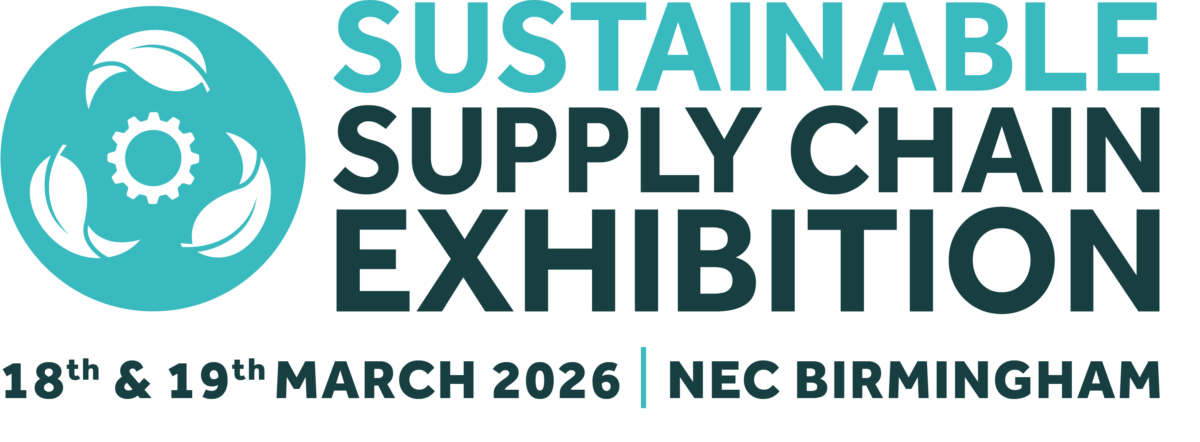Volvo Group, in partnership with international organisations Midroc and OCAS and the Swedish Energy Agency, is investing £15.7 million in the development of fuel cell technology.
The plan is to speed up the introduction of fuel cells to the market, and 100 new jobs are to be created as a result, around Gothenburg, Sweden, over the next three years.
A fuel cell resembles a small battery. It is charged with hydrogen gas and converts this into electricity, water and carbon dioxide through a chemical reaction. The areas of use can be power supply units for households, trucks, boats, radio masts in remote locations and electric hybrid vehicles.
Compared with normal diesel or gas-powered engines, fuel cells produce significantly less carbon dioxide and no emissions at all of particulates and nitrogen oxides. In addition, they are more efficient, smaller and lighter.
Volvo Group is acting through its company Volvo Technology Transfer. The joint investment will go into Powercell Sweden AB in Gothenburg, which is currently owned by Volvo Technology Transfer but following the investment, Volvo will be a minority owner.
Powercell Sweden AB is based on two patented components: a fuel converter (reformer) and a PEM (proton exchange membrane) fuel cell – the type of fuel cell most often used in transport applications.
The fuel converter produces hydrogen gas from bio fuels such as ethanol, DME (Dimethyl ether), biogas, methanol and biodiesel, but also from regular diesel or gasoline. The PEM fuel cell then converts the hydrogen gas into electricity.
Per Wassén, investment director at Volvo Technology Transfer and chairman of Powercell Sweden AB, said: “Thanks to our reformer technology we are now ready to start our production without having to wait for an infrastructure for the distribution of hydrogen gas. This is truly a major step in the development of fuel cells.”






